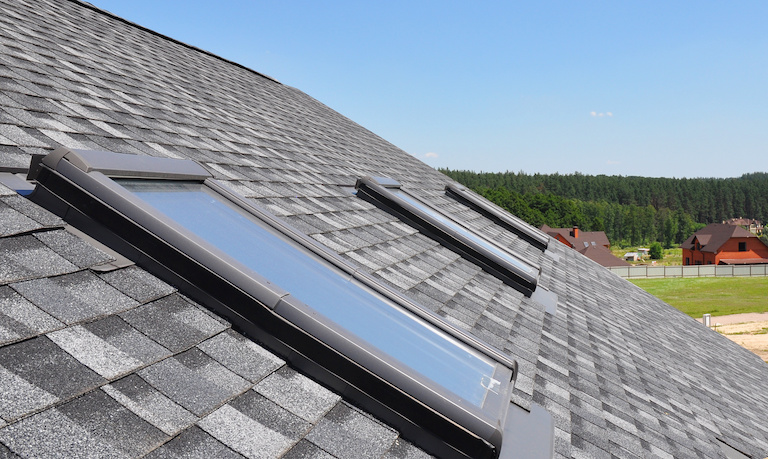
Get a detailed breakdown of skylight repair cost, including average prices, key cost factors, and tips to save on your skylight repair project.
The average skylight installation cost ranges from $1,010 to $2,806, with most homeowners paying around $1,907. Main cost factors include skylight type, size, materials, labor, and roof complexity.
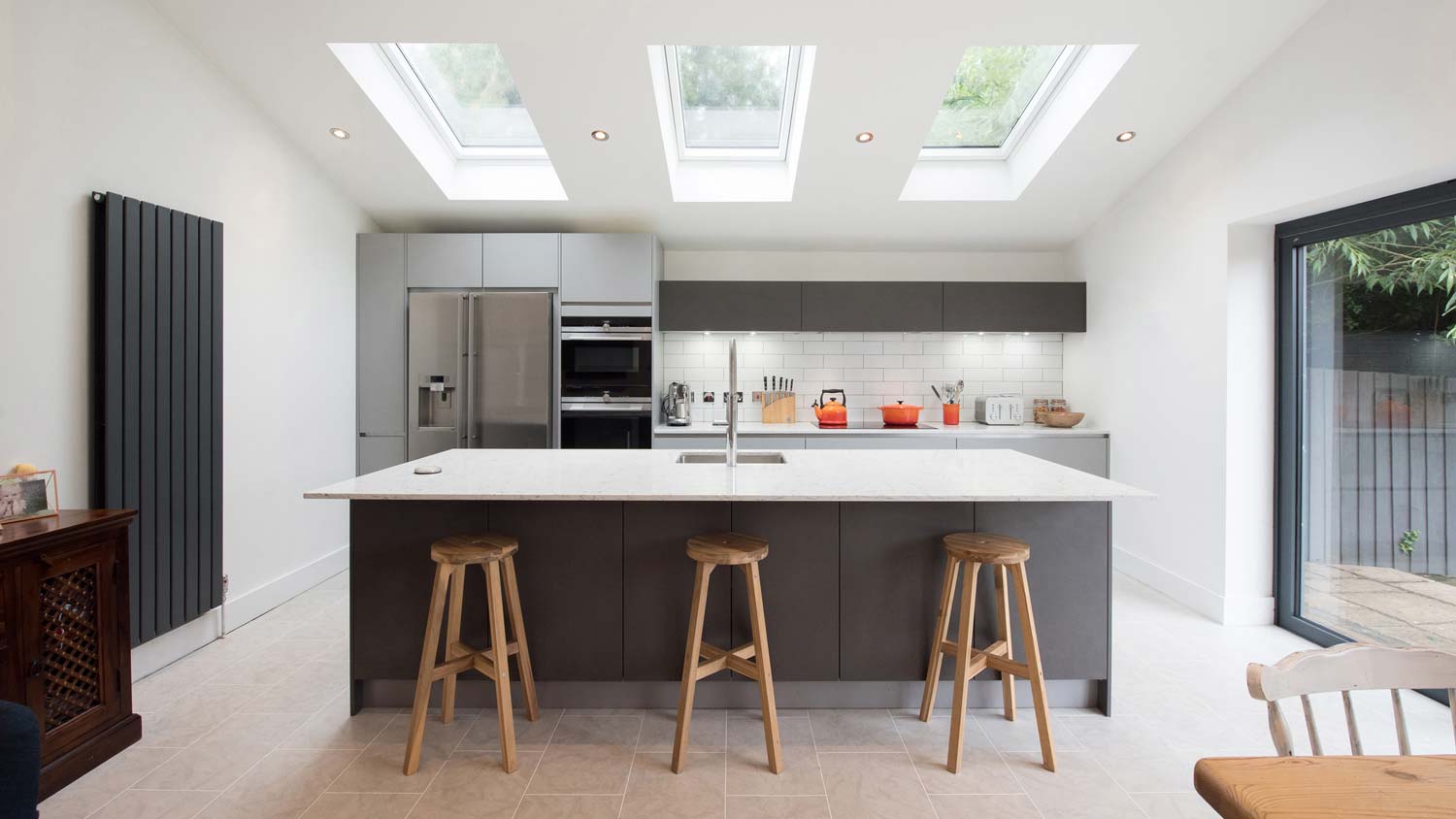

Hiring a pro ensures proper sealing, leak prevention, and code compliance for your skylight project.
Materials, labor, and add-ons such as custom flashing or remote controls can raise the total skylight installation cost.
Choosing energy-efficient skylights can help lower heating and cooling bills over time.
Always factor in extra costs like flashing, waterproofing, and permits to avoid budget surprises.
This article was created using automation technology and thoroughly fact-checked and edited by an Angi Editor in accordance with our AI policy.
Skylight installation cost typically ranges from $1,010 to $2,806, with a national average of about $1,907 per skylight. Costs depend on skylight type, size, roof pitch, and labor rates. Expect to pay $150 to $300 per square foot for most installations. Here’s what to know before budgeting for your skylight project.
Adding a skylight can brighten your home, boost curb appeal, and improve comfort. In this guide, we’ll break down every cost factor so you can plan with confidence and avoid unexpected expenses.
New skylight installations are often pricier than replacements, as they require cutting into the roof and more extensive finishing. Replacements may be less expensive if the existing opening and flashing are in good condition.
The type of skylight you choose has a major impact on your budget. Fixed skylights are the most affordable, while vented, tubular, and custom skylights increase the total price. Roof type also matters—installing on a flat or shingle roof is less complex than on a tile or metal roof, which may require extra labor and materials.
Additional costs can include upgraded flashing, insulation, and waterproofing to prevent leaks and ensure energy efficiency.
| Skylight Type | Description | Cost Range |
|---|---|---|
| Fixed | Does not open; basic natural light | $1,200–$2,400 |
| Vented | Opens for airflow; manual or motorized | $1,500–$3,500 |
| Tubular | Small, round; channels light with a reflective tube | $900–$2,100 |
| Custom | Made-to-order sizes or shapes | $2,500–$5,500+ |
The size of your skylight has a direct effect on your total cost. Larger skylights require more materials, longer installation time, and potentially extra reinforcement for your roof. Most residential skylights range from 16 by 32 inches to 48 by 72 inches, but custom sizes are available at a higher price.
Homeowners should expect to pay about $150 to $300 per square foot, depending on skylight type and complexity. Small tubular skylights cost less, while large or custom skylights increase the price due to additional labor and structural support.
| Skylight Size (In.) | Description | Cost Range |
|---|---|---|
| 10–14 | Tubular or compact fixed; great for hallways or closets | $900–$1,600 |
| 22–46 | Standard fixed or vented; ideal for bedrooms or kitchens | $1,500–$2,700 |
| 48–72 | Custom or oversized; for living rooms or great rooms | $2,500–$5,000+ |
Skylight installation often requires several skilled professionals. General contractors, roofing specialists, and dedicated skylight installers are the main pros for this task. Labor costs for skylight installation typically range from $500 to $1,500, depending on project complexity and your local market.
In some cases, a carpenter is needed to modify framing for custom skylight openings, which can add $300 to $800 to your bill. If you’re adding lighting or motorized features, hiring an electrician for $50 to $120 per hour is necessary.
Labor rates vary by region, with urban areas and high-cost-of-living states charging more. Certified installers may cost more than general contractors but can help you avoid costly mistakes, especially for complex roofs or custom skylights.
Beyond the core installation team, you might need other professionals for certain skylight projects:
A structural engineer charges $300 to $800 to assess changes to load-bearing walls or roof trusses if your skylight requires structural modifications.
An interior designer, at $50 to $200 per hour, can help plan skylight placement for optimal lighting and aesthetics.
Painters or drywall finishers cost $200 to $600 to repair and refinish the interior ceiling after skylight installation.
Junk removal or cleanup services run $100 to $300 to dispose of old materials and construction debris.
Each of these pros adds value and ensures your skylight installation is safe, functional, and visually appealing.
Where you live affects skylight installation cost due to differences in labor rates, cost of living, and climate. Urban areas and states with higher wages, like California or New York, generally see higher installation costs. Rural regions or areas with lower demand may offer lower prices.
Local building codes and permit fees also influence overall cost. Some municipalities require more inspections or specialized materials to meet energy or weather standards.
Preparation work can add significant cost, especially if you’re installing a skylight where none existed before. Removing roofing or ceiling materials, cutting the opening, and reinforcing the structure can cost $200 to $700 for labor and disposal fees. Replacement installations may require less prep if the original opening is in good shape, but older skylights or damaged roofs may need additional repairs.
Time and labor for prep work depend on roof type and the complexity of your project. Tiled or metal roofs require more careful demolition and may generate higher disposal costs.
Most skylight installations require permits, which ensure your project meets local building codes for safety and energy efficiency. Types of permits can include building, roofing, and electrical if your skylight has integrated lighting or motorized features.
Your contractor is usually responsible for obtaining permits, but you’ll want to confirm this before work begins. Permit fees vary by region, typically ranging from $50 to $400. Some locations require inspections before, during, or after installation, which may add $100 to $250 in costs.
Some homeowners consider DIY skylight installation to save on labor. DIY projects can reduce your total cost by $500 to $1,500, but come with significant risks. Improper installation may lead to leaks, water damage, or code violations.
DIYers need advanced carpentry skills, roofing experience, and safety equipment. You’ll also need specialized tools for cutting, flashing, and sealing. Installation can take 1 to 3 days, depending on your experience and the skylight type.
Tubular skylights are the most DIY-friendly, as they require minimal roof modification. For complex or structural installations, especially on steep or multi-story roofs, you should always hire a local skylight pro.
Repairing a skylight is less expensive than replacing it, but only for minor issues. Common repairs include fixing leaks, replacing cracked glass, or resealing flashing. Average repair costs range from $250 to $800, depending on the problem.
If your skylight is older, has extensive damage, or is no longer energy efficient, replacement is often more cost-effective. Most skylights last 15 to 25 years. If repair costs exceed 50% of a new installation, it’s wise to replace rather than repair. Also, new skylights often come with better warranties and improved efficiency.
If you’re unsure, weigh the age of your skylight, the extent of damage, and warranty status before deciding.
A professionally installed skylight can increase your home’s value and curb appeal by adding natural light and a modern touch. Many buyers see skylights as a desirable feature, especially in living rooms, kitchens, or bathrooms.
While the return on investment for skylights is not as high as for major remodels, energy-efficient models can help reduce utility bills and make your home more attractive to energy-conscious buyers. The overall value boost depends on the quality of installation, skylight placement, and design.
For maximum benefit, choose a reputable installer and select a skylight that complements your home’s architecture and climate.
There are several ways to keep your skylight installation project budget-friendly without sacrificing quality. Taking these steps can help you save money:
Compare multiple quotes from licensed pros to find the best value.
Choose standard sizes and models instead of custom skylights to lower material costs.
Schedule installation during off-peak seasons when contractors may offer better rates.
Bundle your skylight project with other roofing work to save on labor and materials.
Opt for fixed skylights if you don’t need ventilation, as they cost less than vented or motorized options.
Handle interior finishing or painting yourself if you have the necessary skills.
Maintain your skylights regularly to catch minor issues before they become costly repairs.
Invest in energy-efficient skylights to save on utility bills over the long run.
Home is the most important place on earth, which is why Angi has helped more than 150 million homeowners transform their houses into homes they adore. To help homeowners with their next project, Angi provides readers with the most accurate cost data and upholds strict editorial standards. We extensively research project costs to develop the pricing data you see, so you can make the best decisions for you and your home. We rely on reputable sources, including the U.S. Bureau of Labor Statistics, academic journals, market studies, and interviews with industry experts—all to ensure our prices reflect real-world projects.
Want to help us improve our cost data? Send us a recent project quote to [email protected]. Quotes and personal information will not be shared publicly.
From average costs to expert advice, get all the answers you need to get your job done.

Get a detailed breakdown of skylight repair cost, including average prices, key cost factors, and tips to save on your skylight repair project.
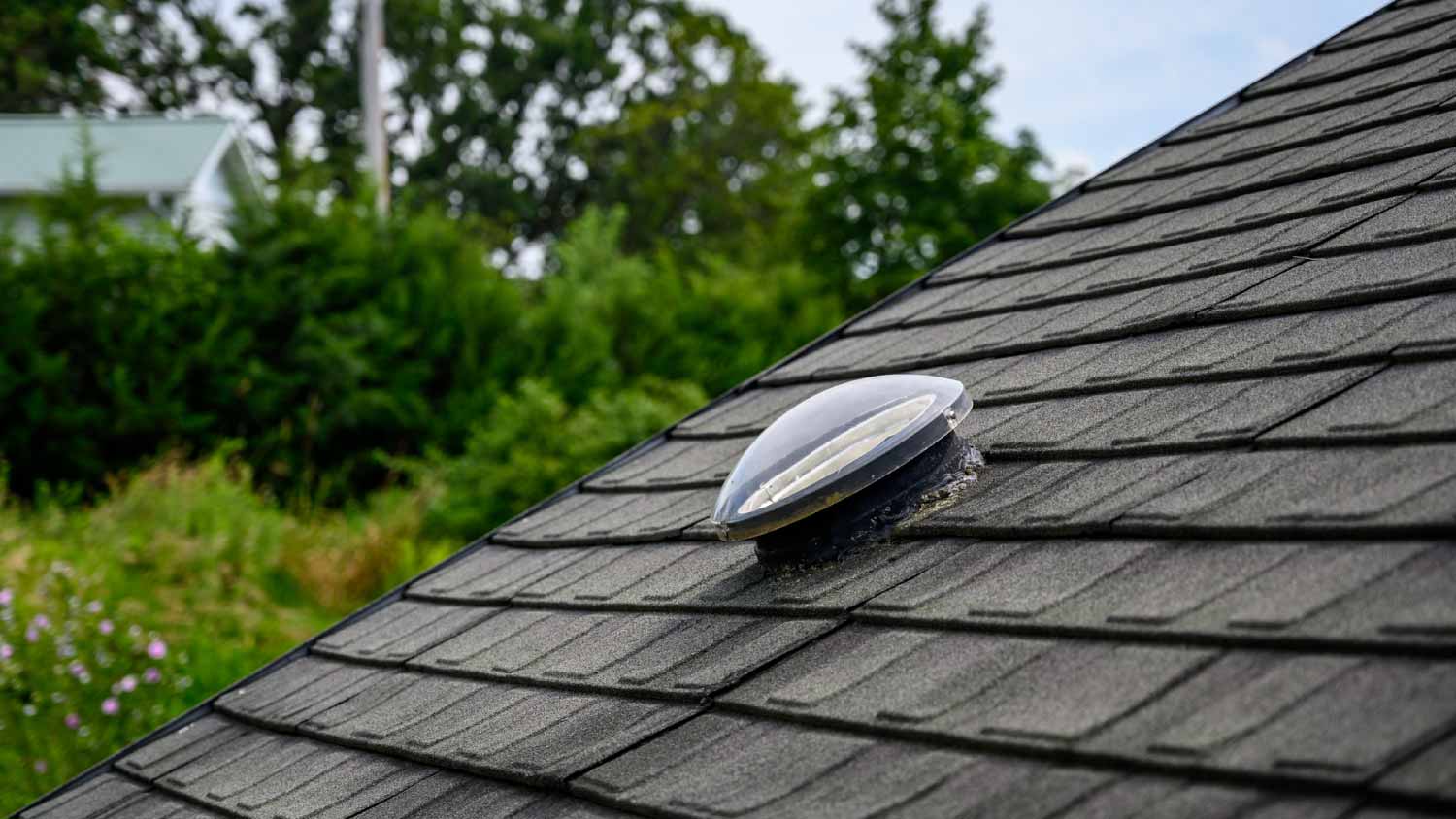
Discover the average solar tube installation cost, key price factors, and ways to save. Get transparent, expert-backed estimates for your home project.

Find out about the different types of skylight shades and which one is right for you. Learn all about skylight shades here.
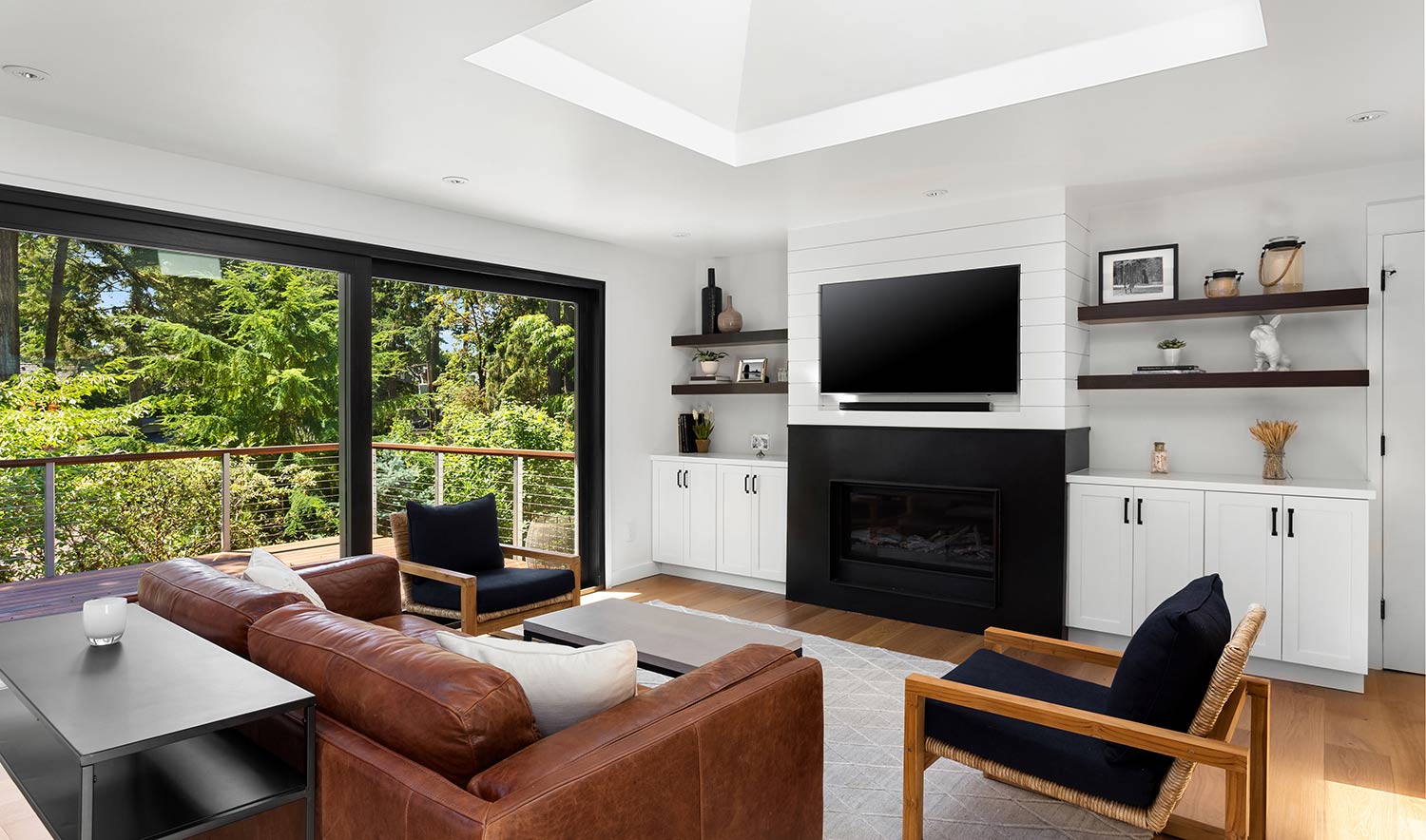
A skylight or solar tube brings natural light into your home, but it shouldn’t bring in moisture. If you’re dealing with skylight issues, take these steps to determine if you can repair or if it’s time for a replacement.
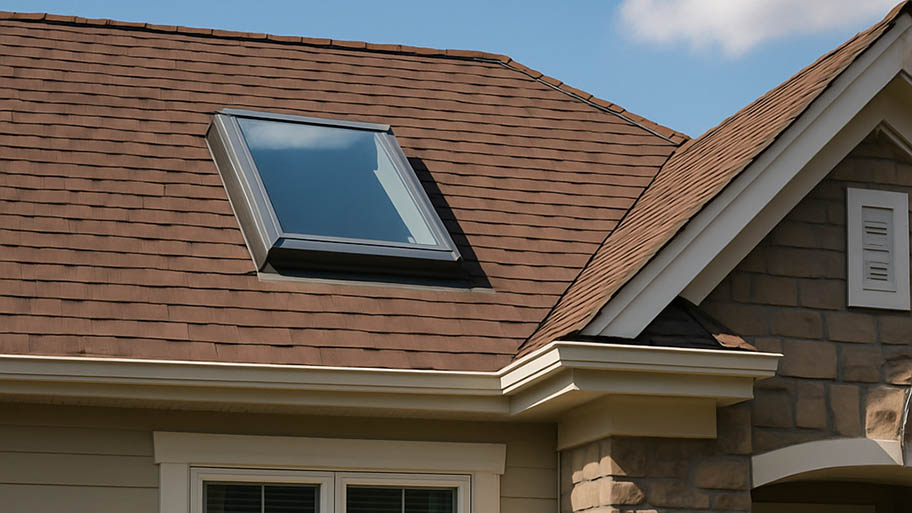
Thinking of installing skylights but not sure what type of skylight is right for your home? Check out this guide to the different skylight types for help.
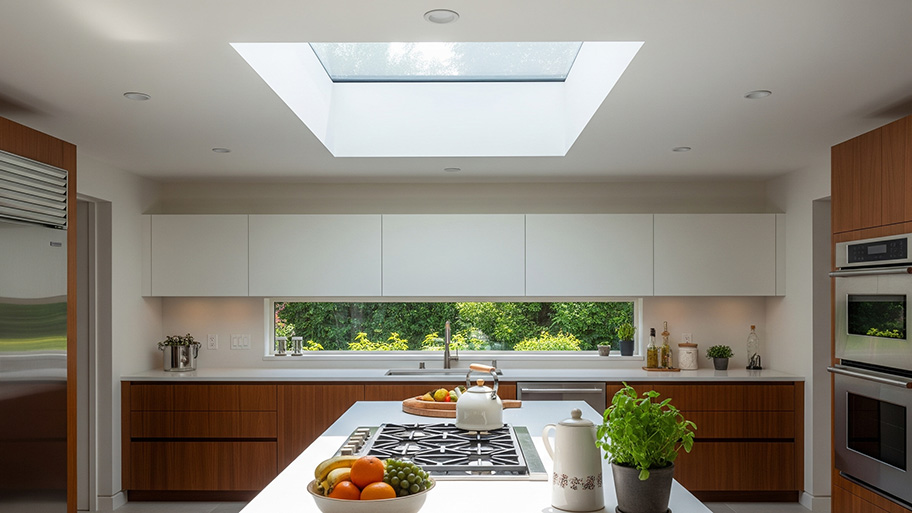
Skylights are the most likely windows to leak, so knowing who to call to repair a skylight is crucial for window functionality and avoiding property damage.